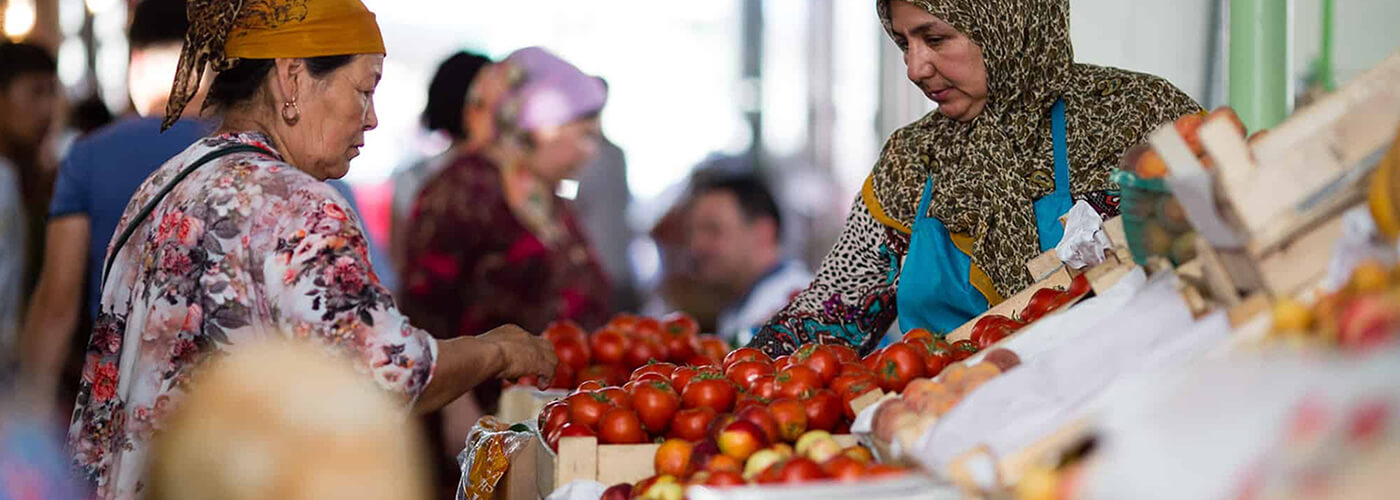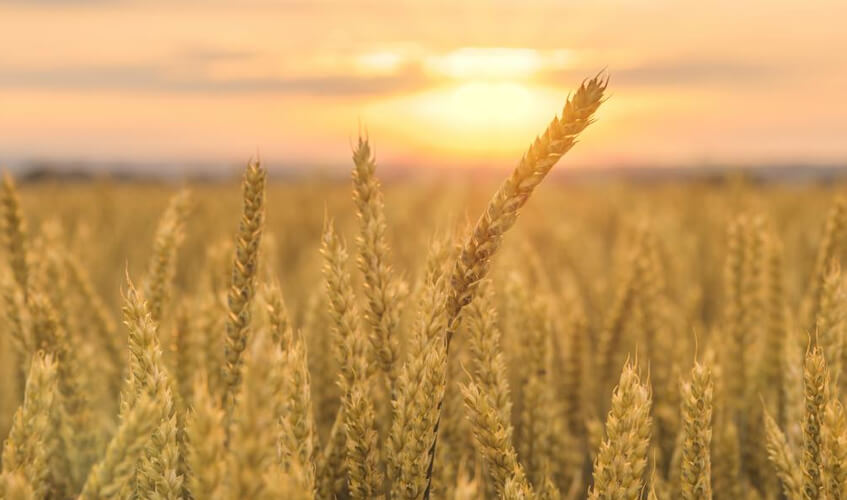
The world's population is expected to reach more than 9 billion in the year 2040 (1) according to the United Nations. Back in 2012, the Food and Agriculture Organization of the United Nations (FAO) said we needed to increase food production by 60 percent (2).
But lack of new land that can be used for agriculture, little water left for irrigation expansion and the negative impact of climate change forces farmers to think of new ways to increase crop yields.
Many farmers have responded to the need to produce more food in existing farmland, by adopting modern technologies. New plant cultivars, precision farming, and a greater focus on crop nutrition, are just a few techniques being used.
This drive to increase yields in existing farmlands is known as “sustainable intensification”.
Professor Sue Hartley, who is director of the York Environmental Sustainability Institute and University's Research Champion for Environmental Sustainability and Resilience says sustainable intensification has proven a «win-win» for both larger crop yields and the need to avoid negative environmental outcomes (3).

As humans become wealthier, we eat more meat. This increases the pressure on agriculture, as animals need a lot of grain to grow, and we need to produce more tonnes of food per hectare. How much more depends on what we eat.
For example, to produce one kilogram of edible beef, we need to grow 23 kilograms of grains.
In Africa, use of fertilizer is low compared to the rest of the world. African countries represent only two percent of the global demand for fertilizers. This means many countries have a huge potential for increasing crop yields dramatically.
Tanzania, for example, is one of many African countries where the population is expected to rise sharply by the year 2050.
To keep up with the rising population, maize production in the country needs to increase from 4.65 million tonnes in 2010, to 18.6 million tonnes in 2050.
Without fertilizing, farmers will need to more than quadruple the land area for the crops to reach their target.
But with the right soil analysis and use of fertilizers, it is estimated that the whole production increase can be done within existing farmland.

Getting more African farmers to increase existing crop yields with the help of fertilizers also helps relieve the pressure on nature.
If forests are cut down to grow more food, more CO2 is released into the atmosphere. But much of this can be avoided by increasing yields from existing crops.
More effective production through new technology and better practices also cause a lower carbon footprint per tonne of food than more crops with a lower yield.
A study by Stanford University shows that emissions from agriculture would be 4.5 times higher than today (4), if we produced the same yields as in 1961. That means higher yields have saved the world from more than 21 billion tonnes of greenhouse gases emissions.
Enabling more farmers to use fertilizers correctly, helps us produce more food in an environmentally friendly way.